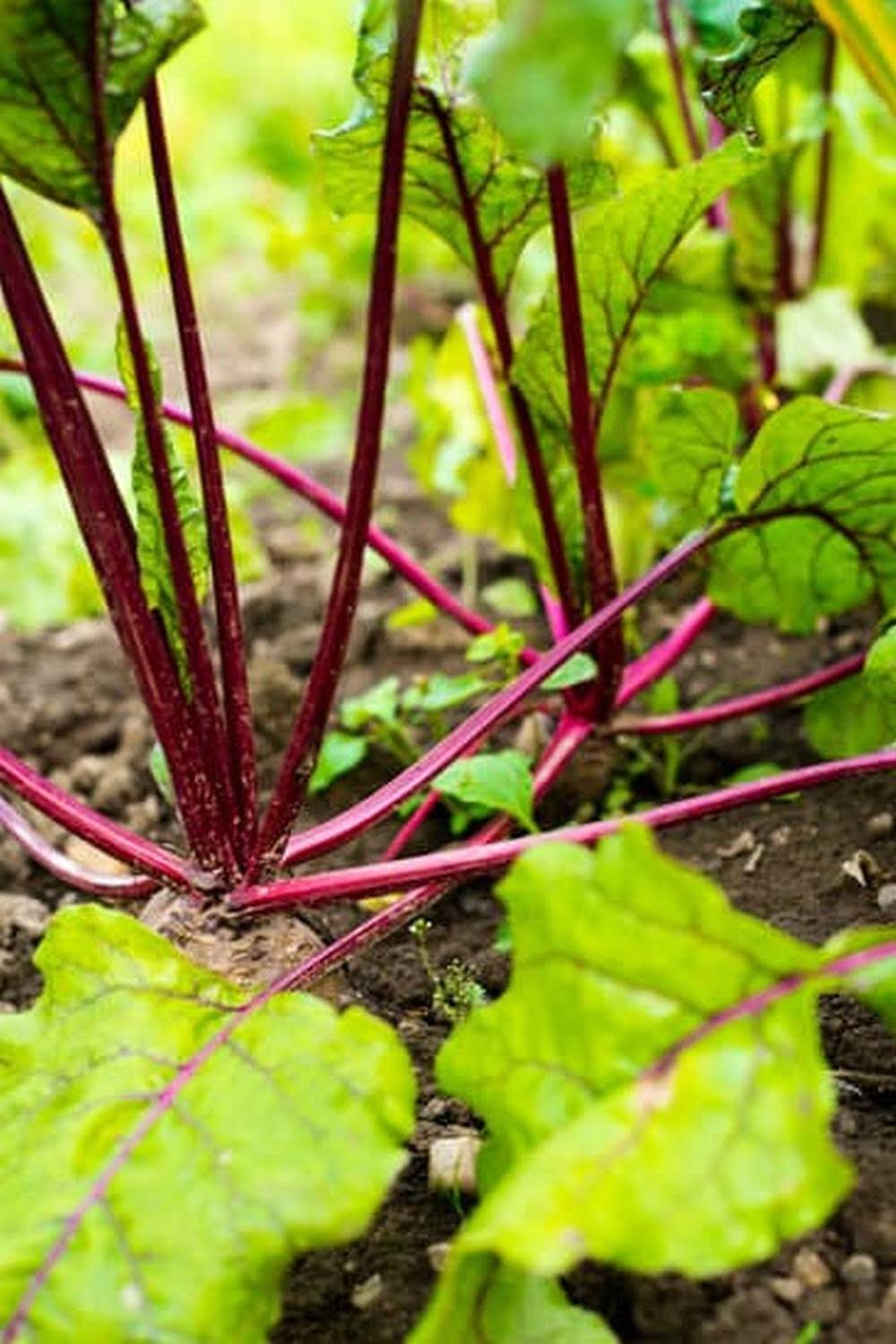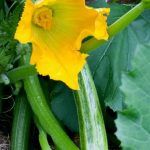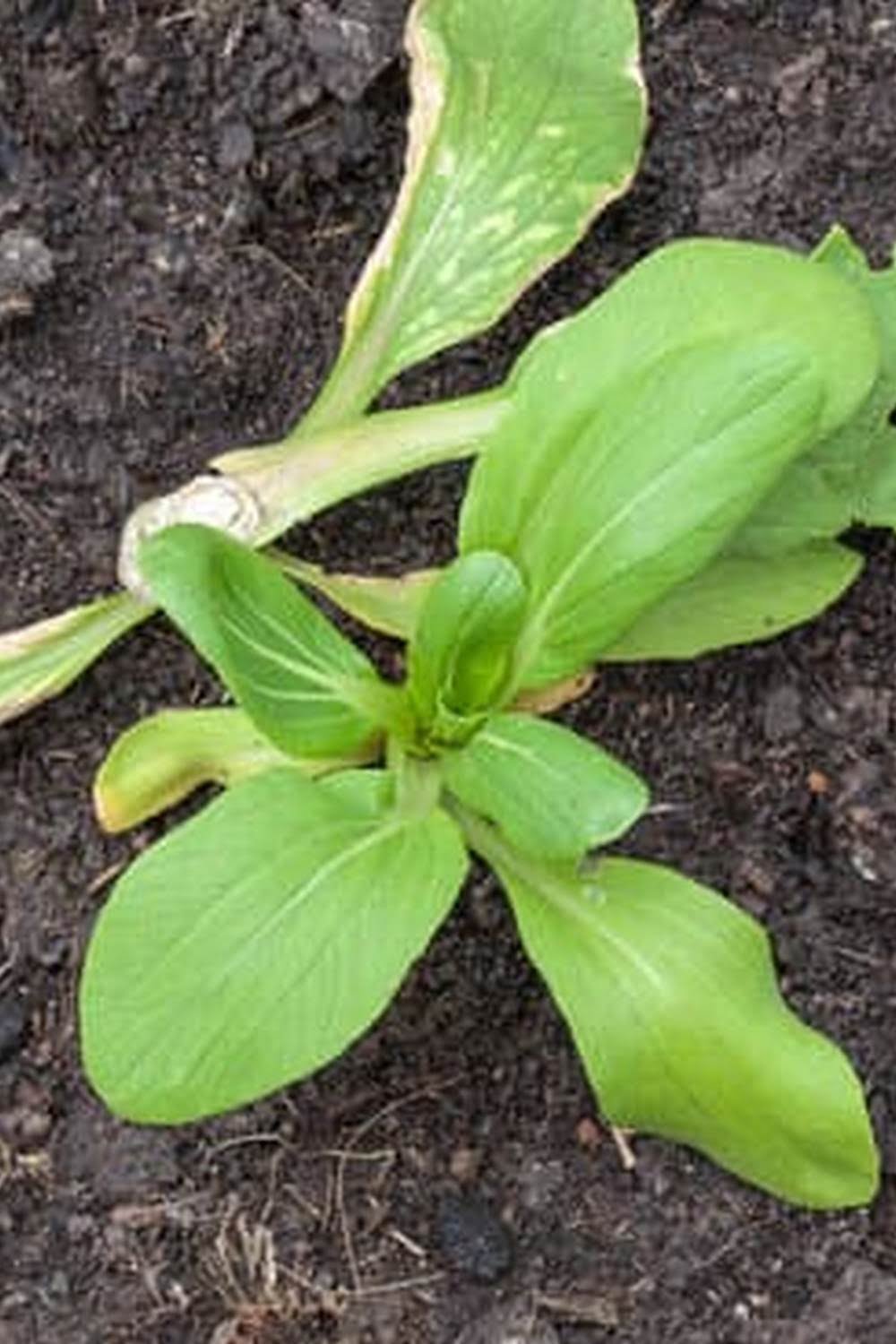Vegetable Garden Soil Nutrients
The soil in your vegetable garden is a living, breathing entity that needs to be properly nourished in order to produce healthy plants. The three main nutrients that your soil needs to be healthy are nitrogen (N), phosphorus (P), and potassium (K).
Nitrogen is important for leafy vegetables, as it helps them to grow big and healthy. Phosphorus is necessary for root vegetables, fruits, and flowers, and potassium is necessary for overall plant health.
You can provide your soil with these nutrients in a few ways. One way is to add organic matter to your soil, such as compost or manure. This will help to increase the levels of nitrogen, phosphorus, and potassium in your soil.
Another way to add nutrients to your soil is to use a fertilizer. There are many different types of fertilizer available, and each one contains a different combination of nutrients. Be sure to read the label carefully to make sure that the fertilizer you are using contains the nutrients that your soil needs.
A third way to add nutrients to your soil is to use a soil amendment. Soil amendments are products that are added to soil in order to improve its quality. Some common soil amendments are lime, sulfur, and compost.
No matter which method you choose, be sure to test your soil to find out what its nutrient levels are. This will help you to choose the right method of supplementation and ensure that your plants are getting the nutrients they need.
Winterizing Vegetable Garden Soil
As the colder weather sets in, it is important to take steps to protect your vegetable garden soil from freezing and thawing. When the soil freezes and thaws, it can cause the soil to become compacted, which can make it difficult for plants to grow. In addition, freezing and thawing can damage the soil structure, which can make it difficult for water to penetrate the soil.
One way to protect your vegetable garden soil from freezing and thawing is to cover it with a layer of mulch. Mulch will help to keep the soil warm and will also help to protect it from the elements.
Another way to protect your vegetable garden soil from freezing and thawing is to add some organic matter to it. Organic matter will help to improve the soil structure and will also help to keep the soil warm.
By taking these steps, you can help to ensure that your vegetable garden soil will stay healthy and will be ready to plant your vegetables in the spring.
Layering Vegetable Garden Soil
There’s a reason vegetable gardeners are so particular about the soil they use: the quality of the soil can make or break a garden. Most gardeners start with a soil mix designed for vegetables, but if you’re lucky enough to have a rich, loamy garden soil, you may not need to add anything to it. However, most of us need to add some organic matter to our soil to make it suitable for growing vegetables.
The best way to improve your soil is to add organic matter in the form of compost, which is made up of decomposed plant materials. Compost not only improves the texture of the soil, but it also provides nutrients that vegetables need to grow. You can buy compost or make your own.
If your soil is sandy or has a lot of clay in it, you may need to add some organic matter in the form of soil amendments. Sandy soil doesn’t hold water or nutrients well, while clay soil is heavy and can be hard for plants to grow in. Soil amendments, such as compost, peat moss, or vermiculite, help to improve the texture of the soil and make it more fertile.
To improve the structure of your soil, add some organic matter in the form of mulch. Mulch is a layer of organic matter, such as compost, straw, or leaves, that is spread over the soil. Mulch not only improves the structure of the soil, but it also helps to retain moisture and nutrients.
No matter what type of soil you have, adding organic matter is the best way to improve it. By adding organic matter, you’ll create a soil that is rich in nutrients and conducive to healthy vegetable growth.
Amend Clay Soil For Vegetable Garden
Clay soils, while not the best soils for vegetable gardens, can be amended to improve their fertility and drainage. The first step is to break up the clay soil with a spade or tiller to a depth of at least 12 inches. This will help to improve drainage and aeration.
The next step is to add organic matter to the soil. This can be done by incorporating compost, manure, or other organic matter into the soil. The organic matter will help to improve the fertility of the soil and will also help to break up the clay.
Another way to improve the drainage and fertility of clay soils is to add sand. Add a layer of sand to the top of the soil and mix it in to the soil with a tiller or spade. Be sure to mix it in to the depth of at least 12 inches.
Once the soil has been amended, it is time to plant your vegetables. Be sure to choose vegetables that are suited for your soil type.
Petaluma Vegetable Garden Soil
When it comes to vegetable gardening, the quality of your soil is everything. Good soil will produce healthy plants, while poor soil will lead to stunted plants and lackluster yields. If you’re looking to get the most out of your vegetable garden, it’s important to start with the best soil possible.
Luckily, if you’re gardening in Petaluma, you’re already starting off with some of the best soil in the country. The clay and loam soils in Petaluma are nutrient-rich and provide ample support for healthy plant growth. Additionally, the area’s temperate climate is perfect for gardening, with average temperatures ranging from 55 to 75 degrees Fahrenheit.
If your soil is lacking in any nutrients, you can amend it with organic matter such as compost or manure. Be sure to test your soil before adding any amendments, as too much of a good thing can actually be harmful to your plants.
With the right soil and a little bit of TLC, you can enjoy a bountiful vegetable garden all season long. So get out there and start planting!

If you’re looking to get into vegetable gardening, or are just looking for some tips on how to make your current garden better, then you’ve come to the right place! My name is Ethel and I have been gardening for years. In this blog, I’m going to share with you some of my best tips on how to create a successful vegetable garden.





